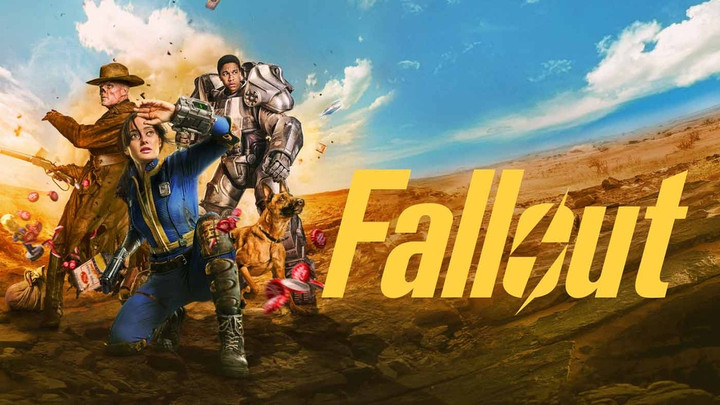Ushered through a replica of Vault 33, motivational posters lining the walls, I was handed popcorn, drinks, and Perk Cards before I took my seat ready for a first glimpse at Prime Video’s Fallout TV adaptation. Projected above the audience was the classic ‘Please Stand By’ waiting screen. Below it, the very same decorations found in Vault 33’s atrium during one of the first episode’s pivotal scenes — though, I didn’t know that yet.
The attention to detail for the show’s UK premiere was enough to excite this die-hard Fallout fan. A siren rang out. The lights were cut. I settled in to watch the first two episodes, dubious and cynical. But before the first episode was even halfway through I felt at ease, if a little nauseous.
The series brings us back to California, which we last saw depicted partially in Fallout: New Vegas. We open on a child’s birthday party taking place in the Hollywood Hills, pre-atomic bomb. I won’t go into spoilers, but naturally, we know what’s coming. What follows, however, is a whiplash of emotions paced throughout the first hour. You will be stressed, you will be grossed out, but you will absolutely be entertained.
It's The End Of The World, All Over Again
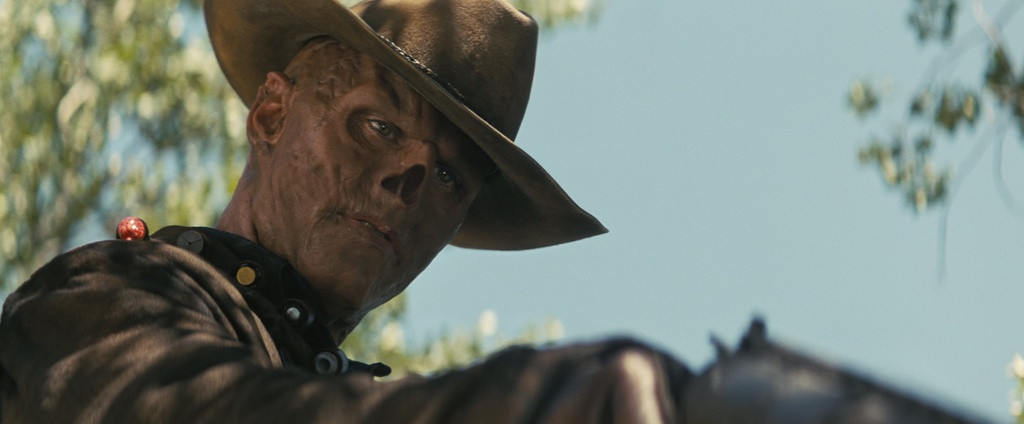
Fallout’s first episode takes you from 0 to 100 in a quick flash, but with good reason. There’s a lot of ground to cover regarding tone and narrative. It’s largely split into three acts, each one covering our leads: Lucy, our plucky yet naive Vault Dweller; Maximus, a Brotherhood of Steel recruit with a sprinkling of internal conflict; and The Ghoul, a ruthless bounty hunter with a backstory that predates the bomb drop.
It’s within these three characters that the show offers Fallout fans something new alongside the familiar. In the games, we rarely get the viewpoint of a Brotherhood of Steel squire. Though our Wanderers typically make some BoS friends (or enemies) along the way, it’s great to finally get a deeper insight into its inner workings through Maximus. As for Ghouls, arguably the Fallout franchise’s most interesting inhabitants, it’s about time we had one front and center. I can only hope that the show explores the viewpoints of Ghouls, and their treatment within the Wasteland, even further in later episodes. Plus, The Ghoul/Cooper Howard gives off some strong Hancock vibes, if Hancock had an even bigger violent tendency and a cowboy hat instead of a tricorn.
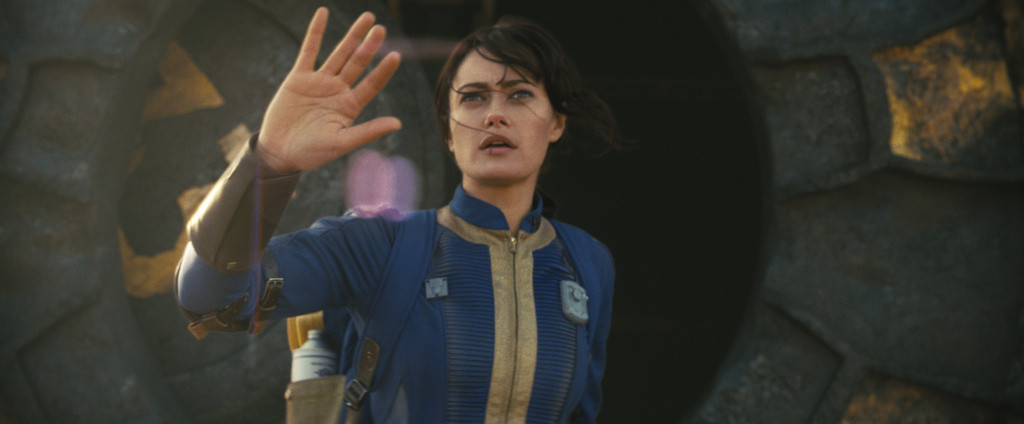
Lucy is very much a typical Fallout protagonist, and fans will immediately spot some similarities in her story. Born and raised in Vault 33, a tragic event that disrupts the harmony of vault life leads her to the surface in search of her missing father (hello, Fallout 3). She’s upbeat and instilled with determination to do the right thing — Vault 33’s specialty and a sure-fire way to cause friction in the Wasteland. Think Leslie Knope dropped into a post-apocalyptic nightmare, only these Pawnee Town Hall meetings are filled with Raiders, Chem-users, and vendors selling Squirrel-on-a-stick. It’s through Lucy that we see the Wasteland in all its absurdity and brutality, those moments that every Fallout player has when they first step outside of the Vault.
By the end of the second episode, you have a pretty good idea of who both Lucy and Maximus are and their initial roles within the world. The Ghoul, however, is kept largely a mystery. We learn that he’s violent, and that he’s a bounty hunter with little care for who gets between him and his target. But, there’s clearly more bubbling under the surface.
The Outside World Can Never Hurt You
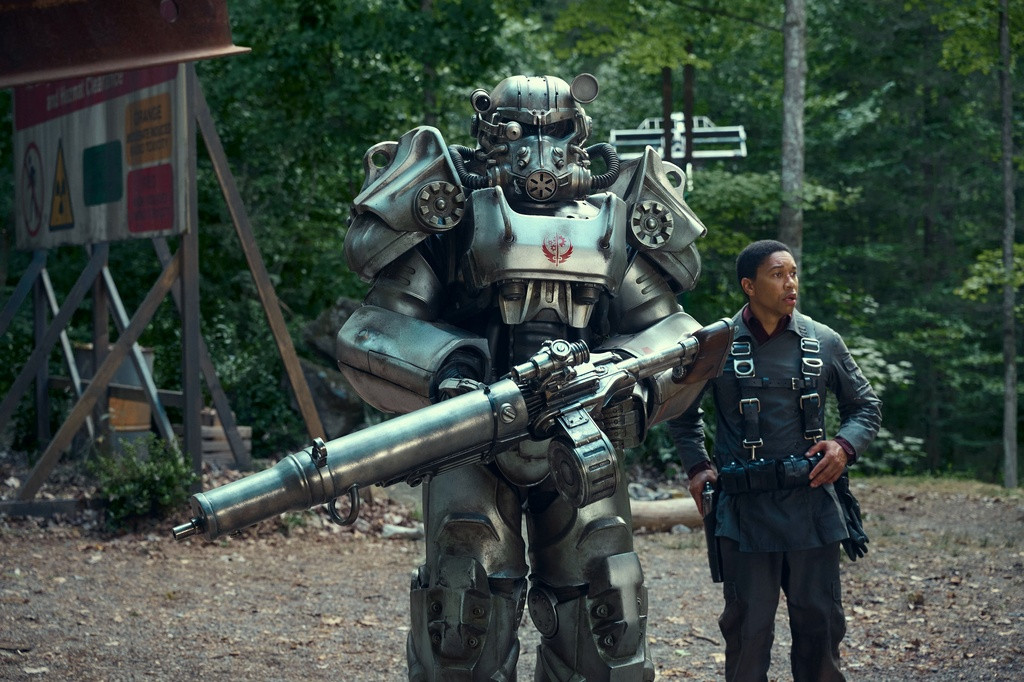
Thanks to its main cast, and plethora of supporting characters, the show is as equally funny as it is tragic, and disgusting — something I cannot stress enough. A poor attendee to my left spent the majority of the preview shielding her eyes from the very creative ways characters met misfortune. Turns out there are some things even Stimpaks can’t fix, and they’re as much of a miracle cure in this adaptation as they are in the games.
Speaking of Stimpaks, Prime Video’s Fallout gets right what so many other adaptations tend to fumble. It approaches its history and iconography from an angle of world building, rather than pure fan service. Yes, it’s absolutely full to the brim of items from the game series, but they’re used as a garnish or plot device to provide an audience with an undeniable Fallout experience. This is instead of jabbing you in your ribs and saying, “Look! A reference! You get it right?!” that so much modern media forces on its viewers. A copy of Grognak the Barbarian appears out of focus on a junk shop counter, a passing Brahmin and bottles of Nuka Cola are dotted around, because it’s what you’d see in a Wasteland settlement. This adaptation has been made with the fans in mind.
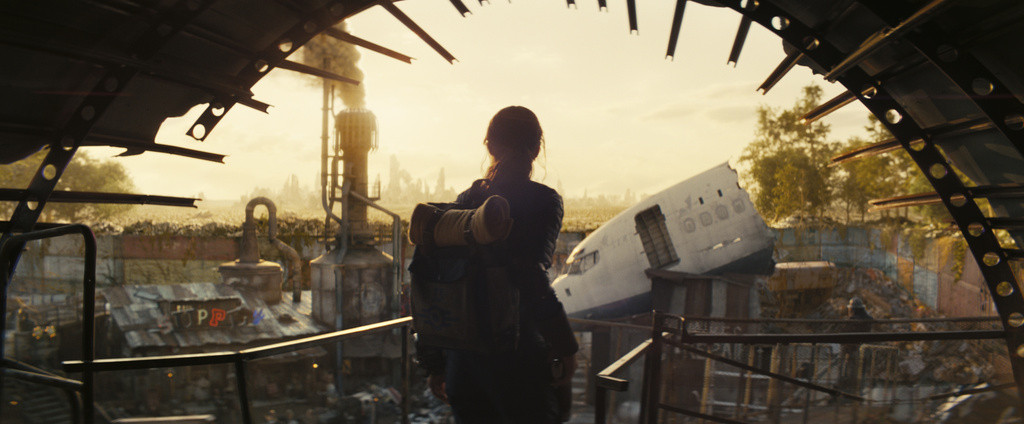
Though there’s aspects that even casual enjoyers of Fallout will recognize, there are subtleties hidden throughout. The sound of the Stimpak when it’s administered, or the slow-motion bullet tracking reminiscent of V.A.T.S. The iconography has been handled with a commendable level of care. The Brotherhood of Steel power armor, for example, looks incredible and was a surprising emotional beat when seen for the first time. We view it in the arrival of the Paladins in their power armor, likely by design to align the audience with Maximus’ reverent view of the Brotherhood.
Surface — Never! Vault — Forever!
Video game adaptations fill me with a lot of skepticism. They attempt to replicate often huge worlds, with stories told across tens if not hundreds of hours. Fallout in particular is a franchise steeped in lore and one that holds a special place in the hearts of many, myself included. So to condense all that down to an eight episode season seems like a near-impossible task. And though I’ve only seen the first two episodes at the time of writing, I can honestly say that my mind has been put to rest.

 No ads, our video library,
No ads, our video library,
